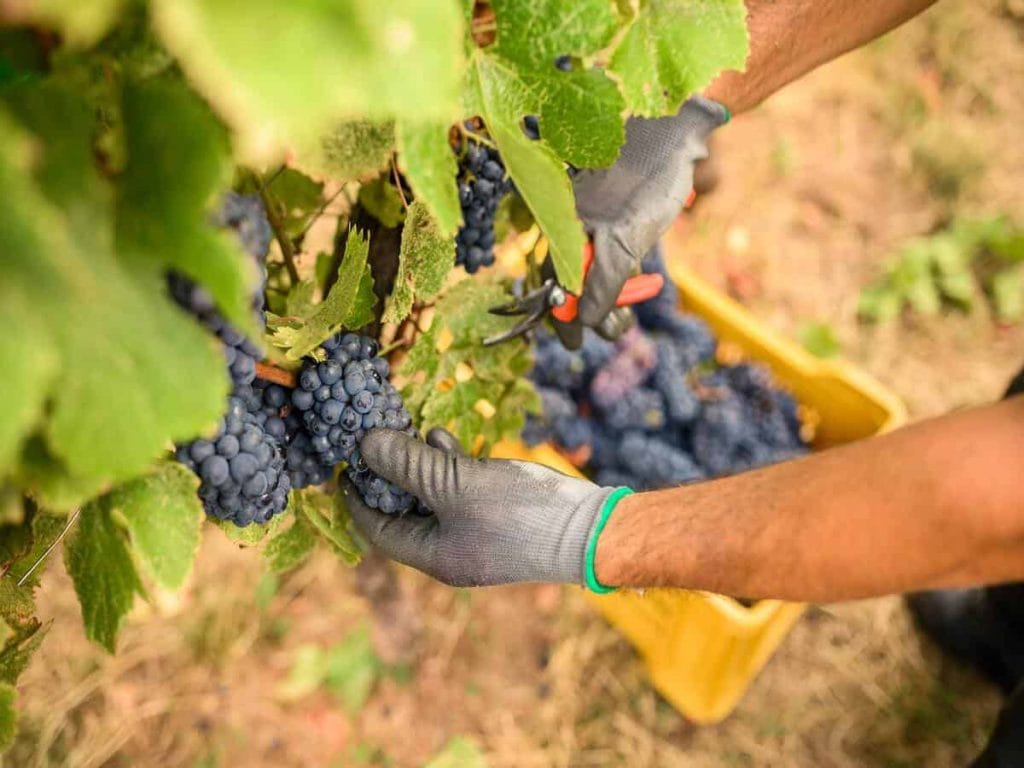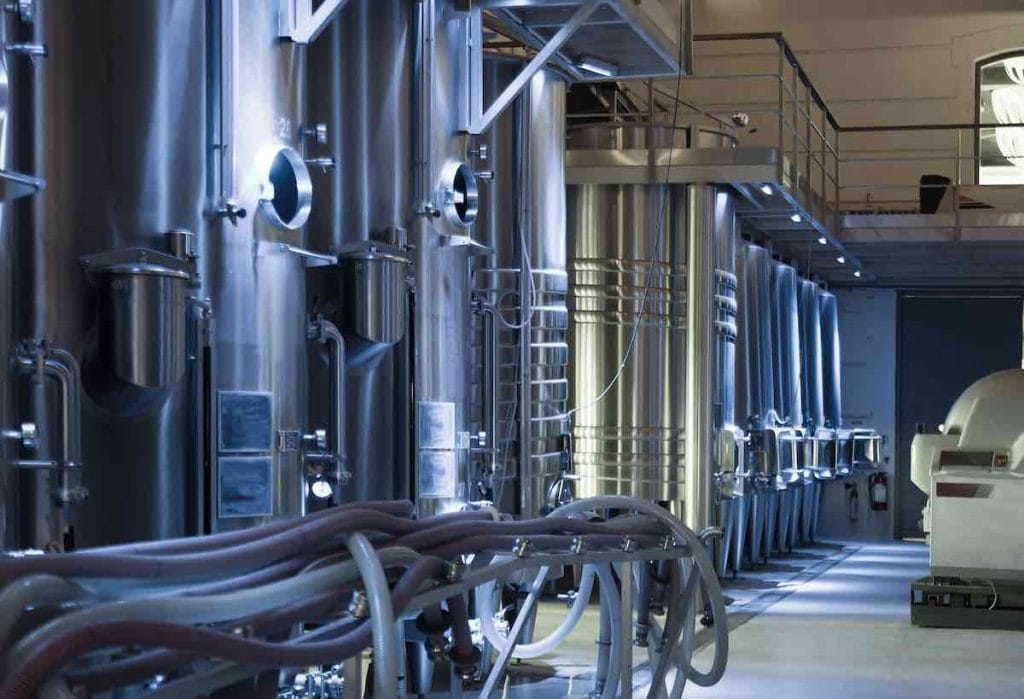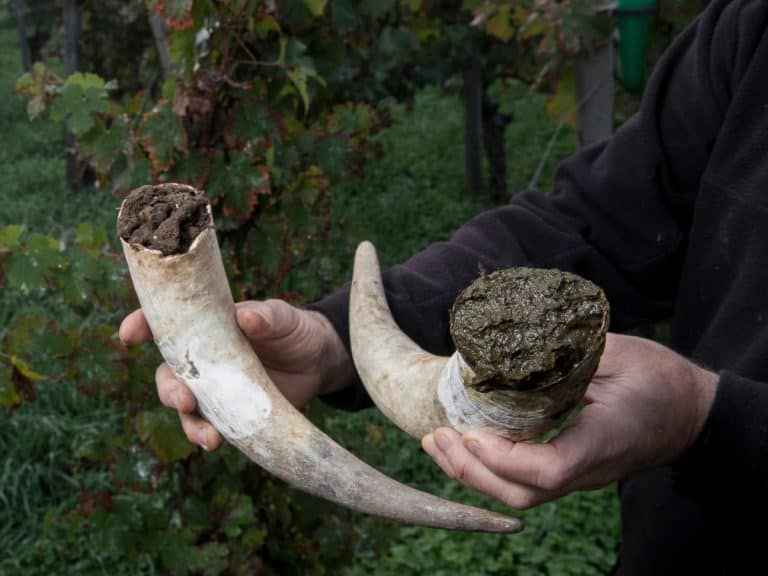The decline in revenues and rise in debt levels are the two key concerns for Italian wine companies, issues that will likely persist over the coming years, reports the Italian Wine Union (Unione Italiana Vini). This analysis, now in its third edition, uses data from the Business Register as of 9 October 2023, examining 793 companies with revenues over €1 million, representing a total of more than €13.5 billion. Over both 2023 and the five-year period since 2019, the industry has been confronted by significant economic “uncertainty,” which continues into 2024.

Revenue Growth Dampened by Inflation
In 2023, the wineries sampled by Management DiVino (a specialist division of Studio Impresa consulting) achieved €13.5 billion in revenues, marking a 1.5% increase from 2022 and 23.5% growth since 2019. However, inflation—5.3% in 2023, excluding energy products—has led to a real revenue drop of 3.8%. According to the report, smaller wineries with revenues under €5 million have struggled, with a 6.2% decline over the five-year period but a 4.4% revenue bump in 2023 as larger companies shifted into lower revenue tiers, effectively swelling the ranks of smaller businesses.

Rising costs
The gross margin (EBITDA) saw a modest improvement, from 9.33% in 2022 to 9.58% in 2023 (+2.7%), though profitability has dropped by 1.9% over the five-year period. While EBIT (which includes depreciation) improved 3.5% from 2022, reaching 5.03%, it remains 6.3% lower than in 2019. Overall, the analysis suggests that wineries were “caught off guard by the sharp increase in production costs, which they only partly offset with higher prices in 2023, though this came at the expense of sales volumes.”
Investment continues, but debt worsens
Wineries have maintained investment levels, with tangible assets increasing by 3.69% in 2023, slightly below the five-year average (+3.9% annually). However, examining net financial position (NFP)—the balance of financial debts and assets—across 379 companies in the sample, shows a deterioration. NFP rose to €2.48 billion in 2023, up from €1.54 billion in 2021. The report highlights this as “particularly concerning” since the worsening balance is not due to major new investments or a significant decline in gross profitability, but rather to shifts in asset items (e.g., growing inventory and liquid reserves distribution), which strain liquidity. This, coupled with higher financing costs, has significantly impacted net profits. Both already indebted and debt-free companies have felt the strain, with the latter seeing a 20.9% increase in net financial position due to diminished reserves.
Added value recovery
In terms of added value, 2023 marked a reversal from 2022, when this metric (the difference between revenue and purchase costs) had declined by over one percentage point. In 2023, it reached 18%, after suffering in 2022 due to rising production costs spurred by inflation, which revenue growth failed to offset. However, financial costs, which surged in 2023, have also impacted balance sheets significantly and are likely to “remain a painful memory for entrepreneurs,” with their impact reaching 1.78%.
2024: improved interest rates but declining sales
Looking at 2024, the Corriere Vinicolo report indicates that while interest rates have started to improve, sales have not followed suit. “In this climate of uncertainty, companies must pay close attention not only to markets but also to managing financial flows, as reduced liquidity can quickly lead to crisis even in businesses that, with proper management, could continue to thrive.”



 The Game (and the misunderstanding) of dealcoholised wines: even an expert critic can be fooled at first sip
The Game (and the misunderstanding) of dealcoholised wines: even an expert critic can be fooled at first sip With fish, you can (also) drink red!
With fish, you can (also) drink red! The story of the pharmacist who dispenses prescriptions by day and crafts gourmet burgers by night
The story of the pharmacist who dispenses prescriptions by day and crafts gourmet burgers by night It's time for light Prosecco: the lower-alcohol version is the latest innovation in record-breaking bubbles
It's time for light Prosecco: the lower-alcohol version is the latest innovation in record-breaking bubbles "Biodynamic preparations ave no effect on viticulture": The shocking conclusions of a Swiss study
"Biodynamic preparations ave no effect on viticulture": The shocking conclusions of a Swiss study






